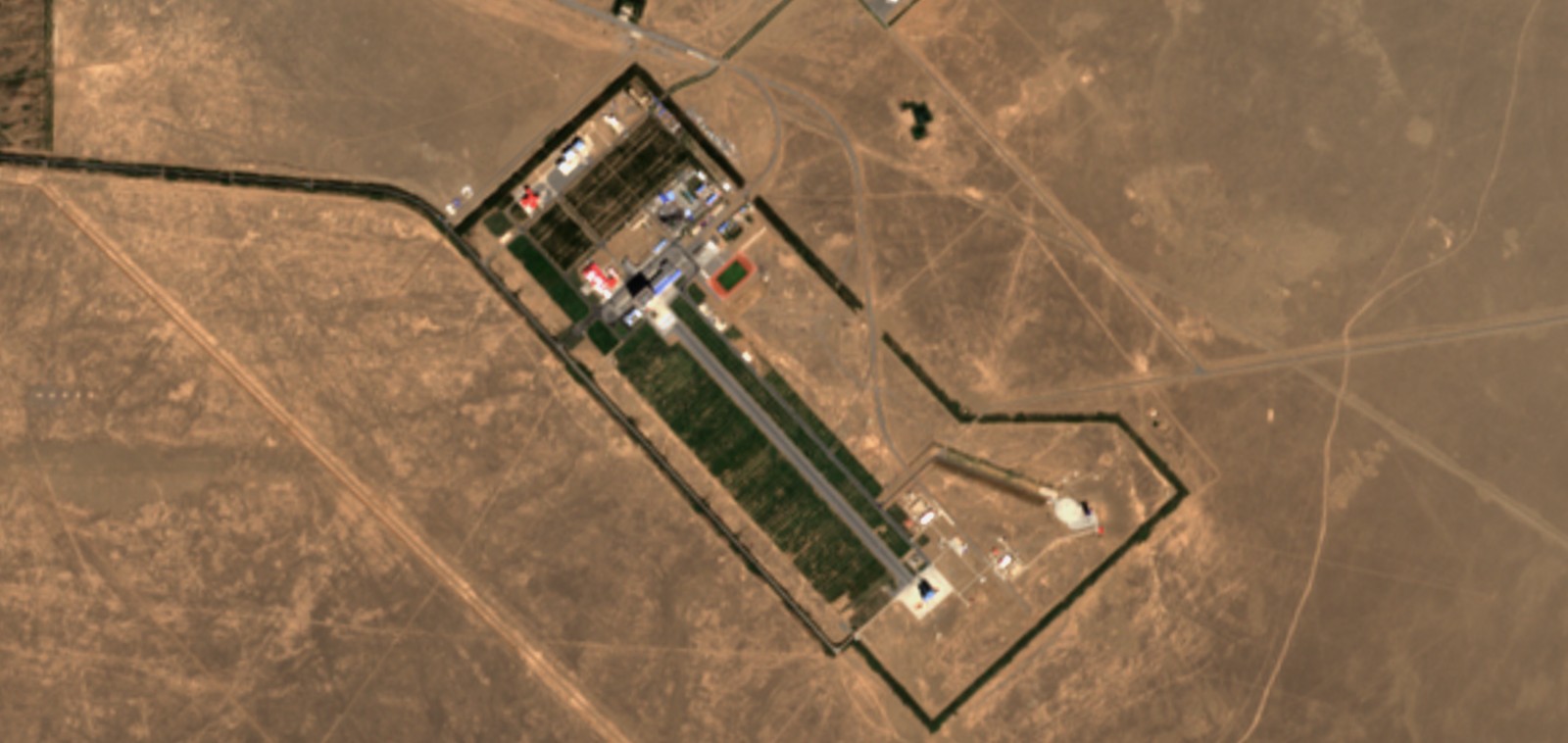
China Builds A New Eurasia
China’s efforts to decarbonize are upending a world economy dependent on the petrodollar and, in the process, restructuring the U.S.-led world.
Editor’s note: This essay is part of a collaboration between Noema Magazine, e-flux Architecture and the Critical Media Lab at the Basel Academy of Art and Design. Read the introduction here and further essays here and here.
“You are the soul of all those who died believing in the happiness that would come in the future. And now see, it has come. The future in which people do not live for something else but for themselves.” —Victor Pelevin, “The Sacred Book of the Werewolf”
Over the past few years, the flimsy states and territories that cover the Eurasian continent as lightly as gauze have been getting pushed and pulled into a new way of being. In response to volatile oil prices, temperatures creeping ever higher, forests burning and deserts growing, China is reordering the internal logic of the supercontinent under the banner of a technological dream of endlessly renewable electricity.
The sources of this electricity, as if in fulfillment of an ancient pagan dream, are the rays of the sun, the breeze across the prairie and the cascades of mountain rivers. While new reservoirs of fossil fuels and seams of ores are being penetrated here too, two-thirds of all wind and solar projects that are currently under construction are located in China, and the country is expected to install more than half of the world’s total solar power in 2024 alone, both within and outside its borders. Across these huge distances and extreme temperatures — what the English geographer Halford Mackinder called the “Heartland” of the “World Island” — new towns are being built, even new capitals, all linked by lengths of glass and plastic wires to vast fields of solar panels and wind turbines and mega-dams.











/cdn.vox-cdn.com/uploads/chorus_asset/file/25803712/HoneyCouponsTrio_LQ.jpg)










